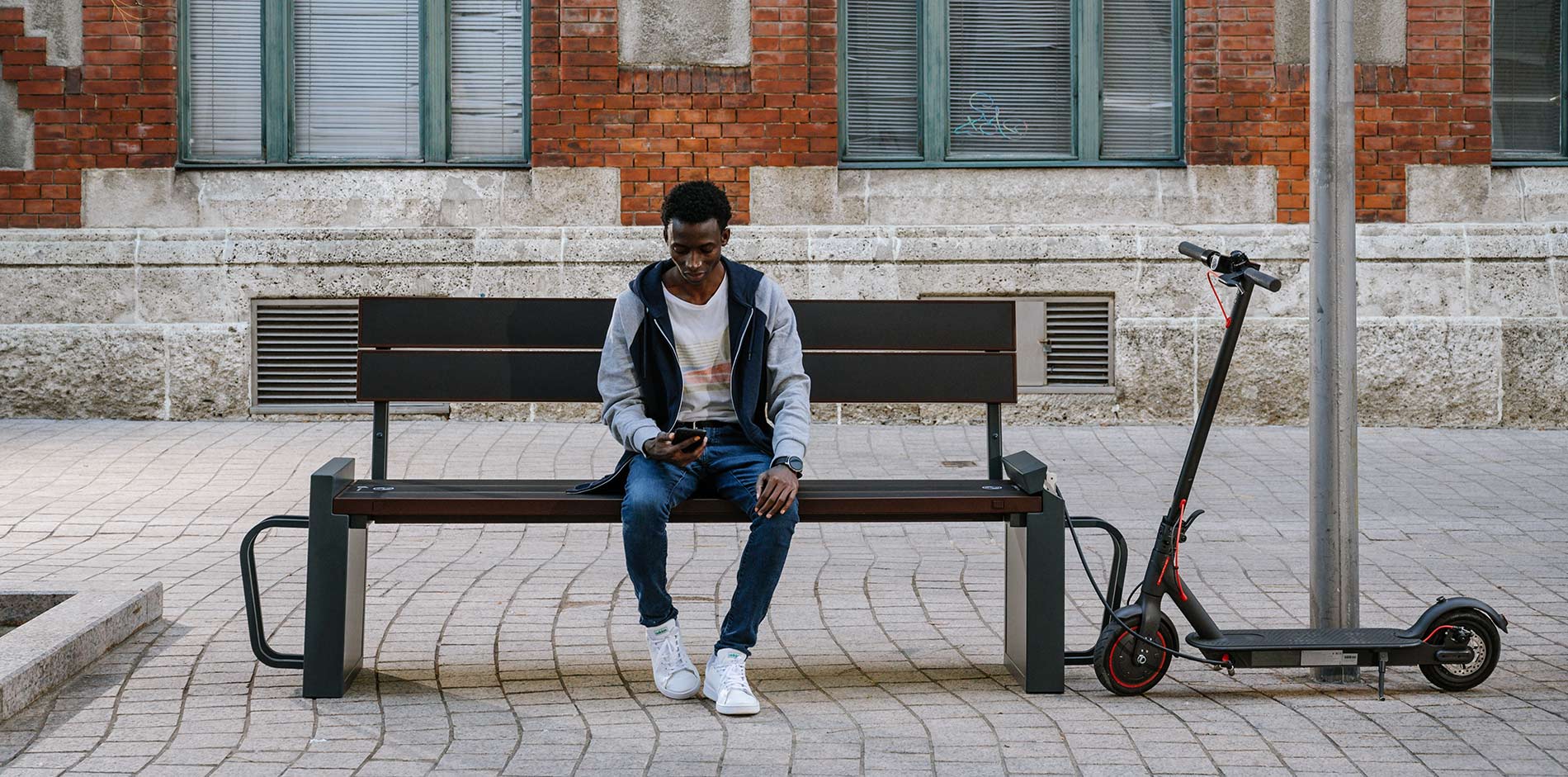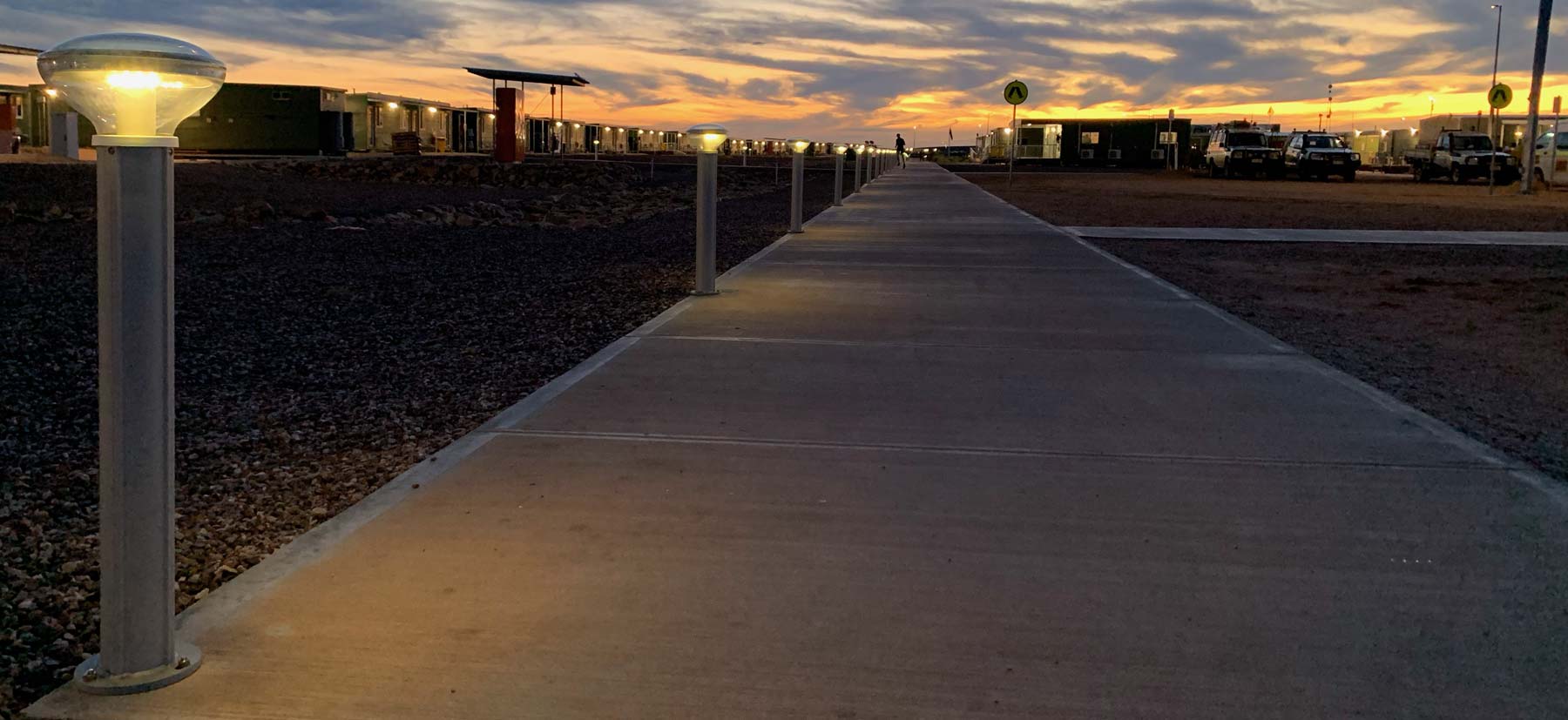There are without doubt many short to medium term implications of the Covid-19 pandemic concerning physical distancing, capacity of public venues and better use of outdoor spaces that will have long-term impacts on the use of public spaces in universities and colleges both inside and outside the classroom, as well as impacting on the design of buildings and facilities in the future.
For example, in terms of new building construction, Paul Stevens of Toronto firm ZAS Architects argues in an article posted in Azure Magazine on Sep 2, 2020 as follows:
“Successful campus design will focus on interconnectivity and the elimination of silos for a more layered space for learning. With a multitude of options in terms of how they can traverse a building, sit down and organize themselves, students will be able to congregate in small groups or to have more space amongst themselves. Social and crush spaces then become more meaningful and useful in the life of the building, while at the same time fostering a natural means of decentralization and, by extension, social distancing as required.
This spatial variety also extends to the connection with the outdoors. With much of the world having faced collective lockdown for months, the pandemic has underscored, more than ever, the critical importance of access to green space – from public parks to plazas and other natural environments – for mental and physical health. Additionally, from a public health perspective, access to an abundance of open-air milieux for students to socialize, collaborate and gather – from green rooftops to porous ground floors that extend outdoors – could help mitigate future disease spread while also encouraging physical distancing when necessary.“
With existing educational facilities, one means of providing the opportunity for students to congregate in small groups in the outdoors yet still have space amongst themselves and permit them to work on projects with their laptops, can be to install solar powered workstations throughout the campus. These workstations can provide not only charging for cellphones, but units with larger solar panels and higher capacity storage batteries can also provide 120V power for computers.
Workstations will also normally Incorporate overhead lighting, which may be either set by a timer or operated to activate at dusk for a fixed number of hours, thus extending the useful hours that the solar workstation can be used, at least in warmer climates.
Since the solar panels are mounted above the workstation table with these larger units, some protection from the sun or rain is also possible. Although not so relevant in college or universities which will generally offer campus-wide Wi-Fi access, most solar benches and workstations can generally offer Wi-Fi connectivity.
A somewhat more subtle benefit of solar powered workstations is that it can demonstrate a commitment to sustainability and the use of renewable energy sources, albeit in a somewhat minor way, which is an issue that students in particular regard as a most important issue at the present time.






